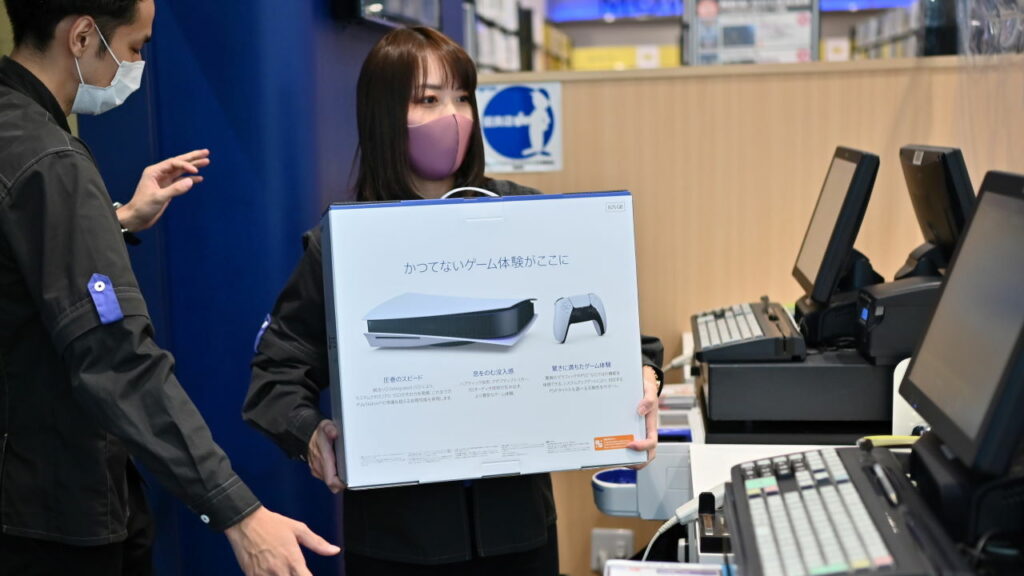Like any other country, scalping is a popular trading strategy in Japan. Due to the high liquidity and volatility of the markets, traders can make quick profits by scalp trading.
Table of Contents
What is scalping?
Scalping is a trading strategy that uses small price changes to make large profits to keep every possible cent after fees are accounted for.
An excellent example of scalping would be if you bought a stock at $40 and sold the same stock immediately when it rose to $41. It is a quick turnaround for smaller batches of profit.
A trader can make money using this strategy by selling the shares they have purchased and sold short or borrowing money from your broker to purchase more shares, which are then sold once the price has risen.
Even though this may seem like a great way of making quick cash, it usually does not work out very well for most people because it takes an experienced eye to know when stocks will rise and fall.
Short selling can also be used as a form of scalping, and this is where the trader borrows the stock from their broker and sells it with an agreement that they will repurchase it later on. The hope is that they can buy the shares for a lower price than what they had sold them for initially, thus increasing their profit.
Example of scalping:
For example: if Company A’s share price fell by $2 today, you would want to immediately sell the stock immediately even though you have not held onto it for very long. It will reduce your losses, not to lose more money than necessary. If, however, Company A’s share price rose by $2 shortly after you sold, you could buy it back and so be able to turn a profit.
However, there are many risks involved because not only is Company A’s share price unpredictable, but it also depends on the amount of credit your broker allows you to use. If they do not allow you to borrow enough money, then this strategy will simply not work out well for you.
What you need to know:
- You need to be familiar with the Japanese candlestick charting techniques.
- It would help if you had a good understanding of the market conditions and trends.
- It would be best to be patient and disciplined when executing your trades.
The best time to scalp the Japanese markets is when high volatility and liquidity are high. The most active hours for scalping are between 8 am and 4 pm (Tokyo time). However, you can also trade at night when the markets are quieter.
There are a few scalping strategies that you can use in Japan. The most common method is to trade breakouts. Another approach is to trade pullbacks or retracements. You can also use price action techniques to scalp the markets.
It is essential to have a solid trading plan when scalping the Japanese markets. You need to know your entry and exit points and have a risk management plan in place. It would be best to practice your trading strategies on a demo account before trading with real money.
The Japanese markets offer a lot of opportunities for scalpers. With proper preparation and execution, you can make quick profits by scalp trading in Japan.
Advantages
- Spectacular volatility.
- Excellent liquidity on big-cap stocks, ETFs, and indices.
- Scalping strategies are easy to learn on Japanese markets.
- Extremely high risk/reward ratios associated with Trading on Japanese markets.
- Risk management techniques are essential in Japanese markets. Without proper risk management, you can wipe out your account very quickly.
- You can scalp during the day or nighttime hours (when most other traders aren’t Trading). This is because the Tokyo session starts at 8 am local time and ends at 4 pm local time. If you trade after 4 pm, you will have plenty of opportunities to scalp during the nighttime hours when other traders aren’t trading.
- Earn considerable profits in a short amount of time (on the 4hr and 1D charts).
- Scalping on the JPY pairs is very easy because they have high liquidity and volatility.
- The markets are highly efficient, so you have to find unique ways to trade them successfully.
- High risk/reward ratios are associated with scalping due to high volatility. You can lose or make a lot of money within a short period.
Disadvantages
- The markets are highly efficient, and you have to take advantage of trading opportunities quickly.
- You need a good understanding of candlestick charting techniques.
- You need to be familiar with market conditions and trends.
- You need to be patient and disciplined when executing your trades.
- The best time to scalp the Japanese markets is when high volatility and liquidity are high. The most active hours for scalping are between 8 am and 4 pm (Tokyo time). However, you can also trade at night when the markets are quieter.
- There are a few scalping strategies that you can use in Japan. The most common strategy is to trade breakouts. Another strategy is to trade pullbacks or retracements. You can also use price action techniques to scalp the markets.
- It is essential to have a solid trading plan when scalping the Japanese markets. You need to know your entry and exit points and have a risk management plan in place. It would be best to practice your trading strategies on a demo account before you start trading with real money.
- The Japanese markets offer a lot of opportunities for scalpers. With proper preparation and execution, you can make quick profits by scalp trading in Japan.
In conclusion
Scalping in Japan can be a great way to make quick profits if you are familiar with the markets and have a solid trading plan in place.
However, scalp trading in Japan can quickly lose money without proper preparation and execution. Before entering scalping, educate yourself on candlestick charting as it plays a massive role in the potential success of scalping the forex or stock markets in trading.
So, always remember to trade safe and trade smart! Saxo will help you to do just that.

